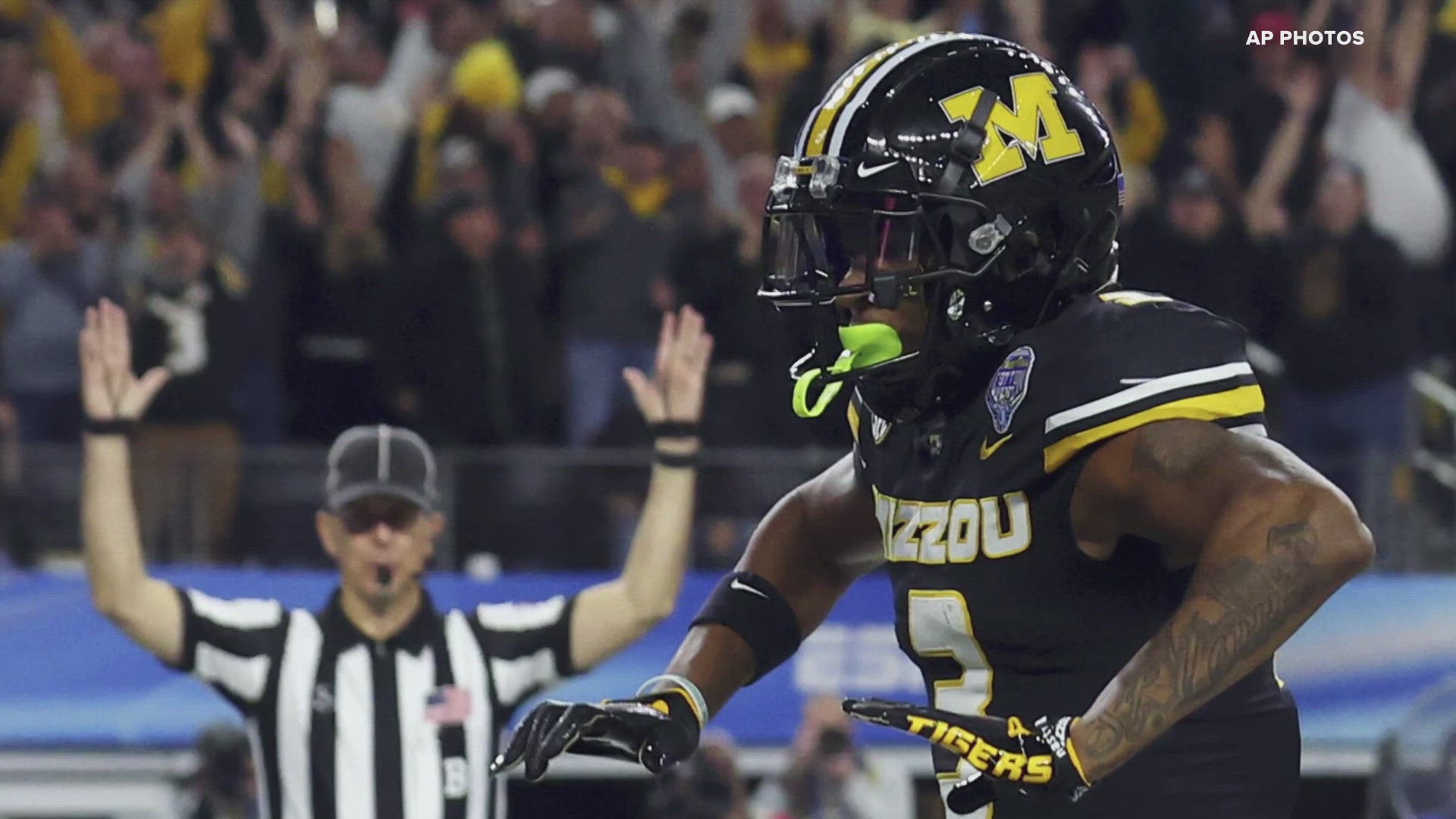They keep getting younger and younger.
Less than a month after the University of Hawaii earned national attention for offering a college football scholarship to fifth grader Titan Lacaden, the University of Illinois one-upped the Warriors, offering up a full ride to Los Angeles native Bunchie Young for his football-specific talents. He’s joined by Havon Finney Jr., a 9-year-old who competes on a youth team alongside Young, and has reportedly been offered a scholarship by Nevada.
Young is younger than Lacaden, but only just. Finney Jr. is a year younger still. All are still in elementary school and, some would argue, are a bit young to be playing tackle football at all, let alone receiving a scholarship, even one that is non-binding, to play the sport at the collegiate level.
As with Lacaden, there’s no doubting Young’s athletic talent. As we pointed out here at USA TODAY back in October, Young might just be the fastest 10-year-old in the country. He could turn out to be the fastest 18-year-old when he concludes high school, whether in Southern California or elsewhere. Or he might be the drum major of the band. Who knows?
Heck, he might only grow another three inches, which would leave him just about the smallest football recruit in Illinois history in the unlikely event that he follows through on the offer he received from Lovie Smith and his crew.
What we do feel confident in is the common sense that this scholarship offer is not going to help Young become a successful, well-rounded and appropriately well-adjusted young man.
After all, if you were offered a full college scholarship at age 10, would you be able to avoid getting a big head? Even if you were, would you be able to keep yourself aggressively motivated?
These are just a few of the reasons why Young’s scholarship really isn’t such a boon for he or his family. At least not yet. They can say whatever they want, but it doesn’t mean they’re right. It’s easy to be optimistic and energized by bona fide collegiate interest at such a young age.
Mike Evans, who trains both Young and Finney, disagrees.
“I’d rather a kid have a scholarship than going to join a gang or sell drugs,” he told WritingIllini.com. “This helps a kid want to continue to play a sport and work hard because they know it’s possible. This gives all the other kids across the world a chance to say, ‘You know what, I’m going to go train because I want to be like Bunchie or Havon.’
“This is something positive, something that will keep them motivated and stay in school because they want to go to college.”
The real debate at this point should be whether it’s time for the NCAA to intervene, as it did in lacrosse. Beginning with the 2017-18 school year, lacrosse programs will be banned from contact with any student athletes before Sept. 1 of the junior year. The goal is to limit the spread of aggressive recruiting trends among young athletes.
The same purported benefits driving the underclassmen recruiting ban in lacrosse — providing prospective college athletes with more time to evaluate options and benefitting previously overlooked late-bloomers — would likely hold true for football as well. In fact, in football those benefits could be more pronounced relative to late bloomers, particularly those who develop and grow into “Division I” bodies during the final two years of high school competition.
It’s also important not to lay all the blame for this trend at the feet of Illinois coach Lovie Smith and Hawaii’s Nick Rolovich. There is an enormous amount of group think that drives football recruiting, both locally in evaluation of prospects and nationally in adapting to and refining larger industry trends. If Smith and Rolovich are the first to officially extend scholarship offers to 10 and 11-year-olds, they’re certainly not the first to consider it.
That doesn’t make it right, for Smith, Rolovich or anyone else. It needs to stop, and if the NCAA has to get involved to make that happen, well, the sooner the better.


